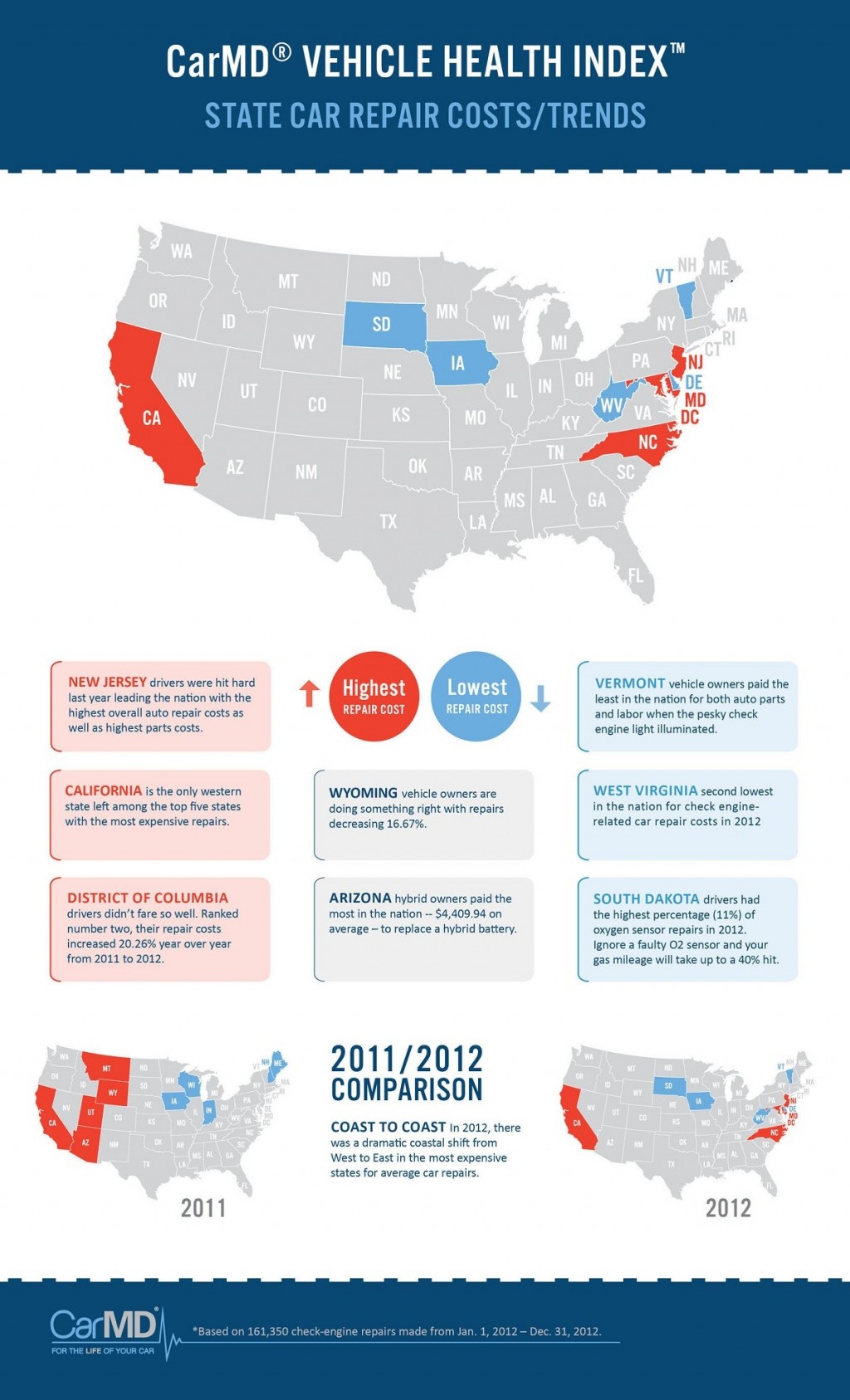Translating Your Automobile'S Caution Indicators: What They Absolutely Indicate
Translating Your Automobile'S Caution Indicators: What They Absolutely Indicate
Blog Article
https://auto-front-suspension17384.targetblogs.com/30465418/master-the-art-of-transforming-your-auto-s-look-in-under-an-hour-with-beginner-friendly-pointers-that-will-leave-you-amazed-your-fast-cars-and-truck-detailing-solution-awaits -Vinson Torres
When you lag the wheel, those beautiful warning lights on your control panel can be a bit perplexing. Do you know what they're attempting to tell you about your cars and truck's wellness? Recognizing see here now of these lights is important for your safety and security and the long life of your automobile. So, the next time among those lights pops up, wouldn't you want to analyze its message properly and take the needed steps to address it?
Common Warning Lighting and Interpretations
Recognize common caution lights in your automobile and understand their significances to ensure secure driving.
One of the most normal caution lights include the check engine light, which indicates concerns with the engine or emissions system. If this light comes on, it's important to have your automobile examined immediately.
The oil pressure cautioning light indicates reduced oil pressure, calling for prompt focus to avoid engine damages.
https://www.autoserviceworld.com/right-to-repair-decision-delayed-again/ blinking battery light might recommend a defective charging system, potentially leaving you stranded otherwise resolved.
The tire stress monitoring system (TPMS) light signals you to low tire stress, affecting lorry stability and fuel performance. Overlooking this could lead to unsafe driving conditions.
The abdominal muscle light suggests a trouble with the anti-lock stopping system, endangering your capability to stop swiftly in emergencies.
car groomer near me but not least, the coolant temperature advising light warns of engine getting too hot, which can cause severe damage if not resolved quickly.
Comprehending these typical warning lights will certainly aid you address concerns promptly and keep secure driving problems.
Significance of Prompt Focus
Understanding the typical caution lights in your vehicle is just the initial step; the value of immediately dealing with these cautions can't be emphasized enough to guarantee your safety when driving.
When a caution light illuminates on your control panel, it's your cars and truck's way of connecting a prospective problem that requires interest. Overlooking these cautions can result in a lot more serious troubles down the road, jeopardizing your security and potentially costing you a lot more out of commission.
Trigger attention to alerting lights can protect against breakdowns and crashes. As an example, a flashing check engine light could suggest a misfire that, if left neglected, could create damages to the catalytic converter. Addressing this without delay can conserve you from an expensive repair.
Similarly, a brake system warning light might indicate low brake fluid or used brake pads, vital parts for your safety when driving.
Do It Yourself Troubleshooting Tips
If you see a caution light on your control panel, there are a few do it yourself fixing tips you can attempt before seeking expert aid.
The very first step is to consult your cars and truck's manual to understand what the specific caution light shows. Sometimes the concern can be as straightforward as a loose gas cap activating the check engine light. Tightening the gas cap may settle the trouble.
An additional common concern is a reduced battery, which can trigger various warning lights. Inspecting the battery links for corrosion and ensuring they're secure might fix the issue.
If a warning light lingers, you can attempt resetting it by detaching the vehicle's battery for a couple of minutes and then reconnecting it. Furthermore, examining your vehicle's fluid degrees, such as oil, coolant, and brake liquid, can help repair advising lights associated with these systems.
Verdict
Finally, recognizing your auto's warning lights is crucial for maintaining your vehicle running smoothly and safely. By without delay dealing with these informs and knowing what they mean, you can avoid expensive repairs and potential break downs.
Remember to consult your auto's manual for specific details on each warning light and act as necessary to ensure a hassle-free driving experience.
Remain notified, stay safe on the road!
